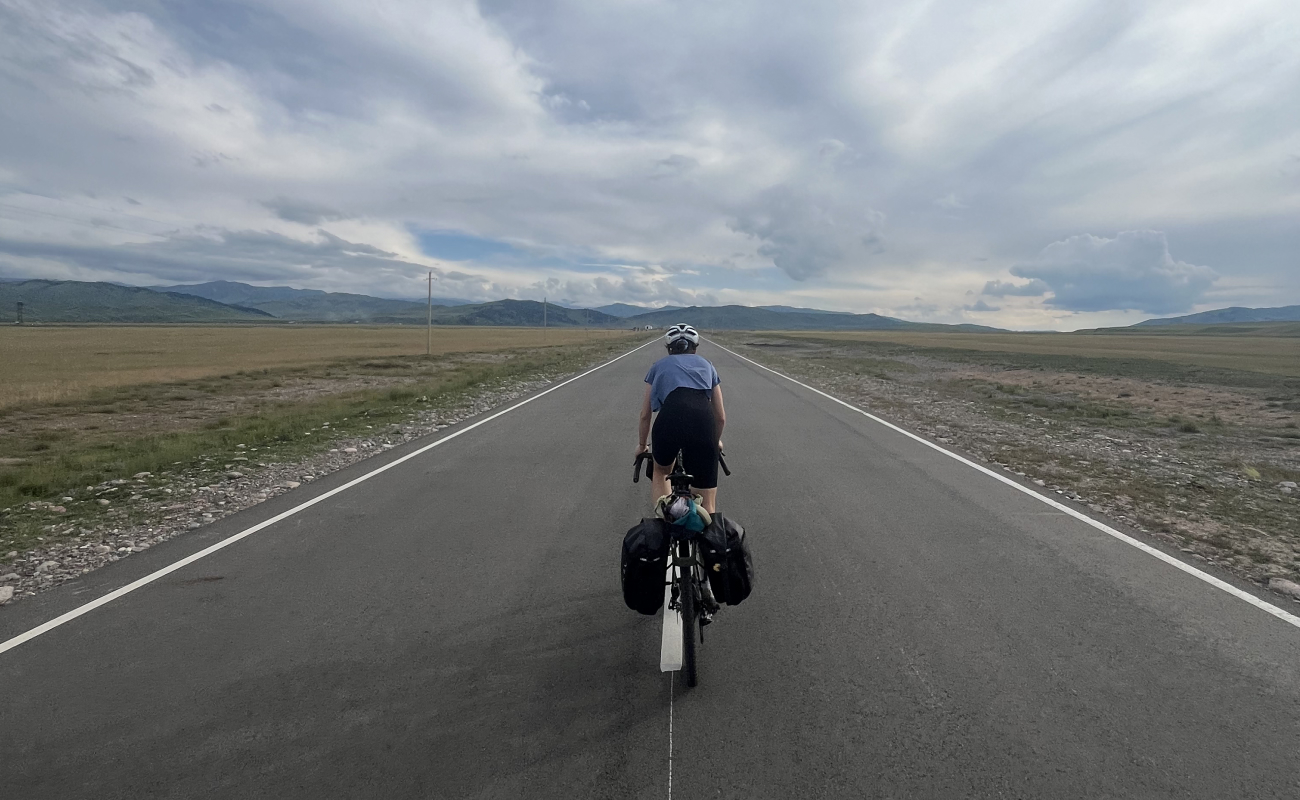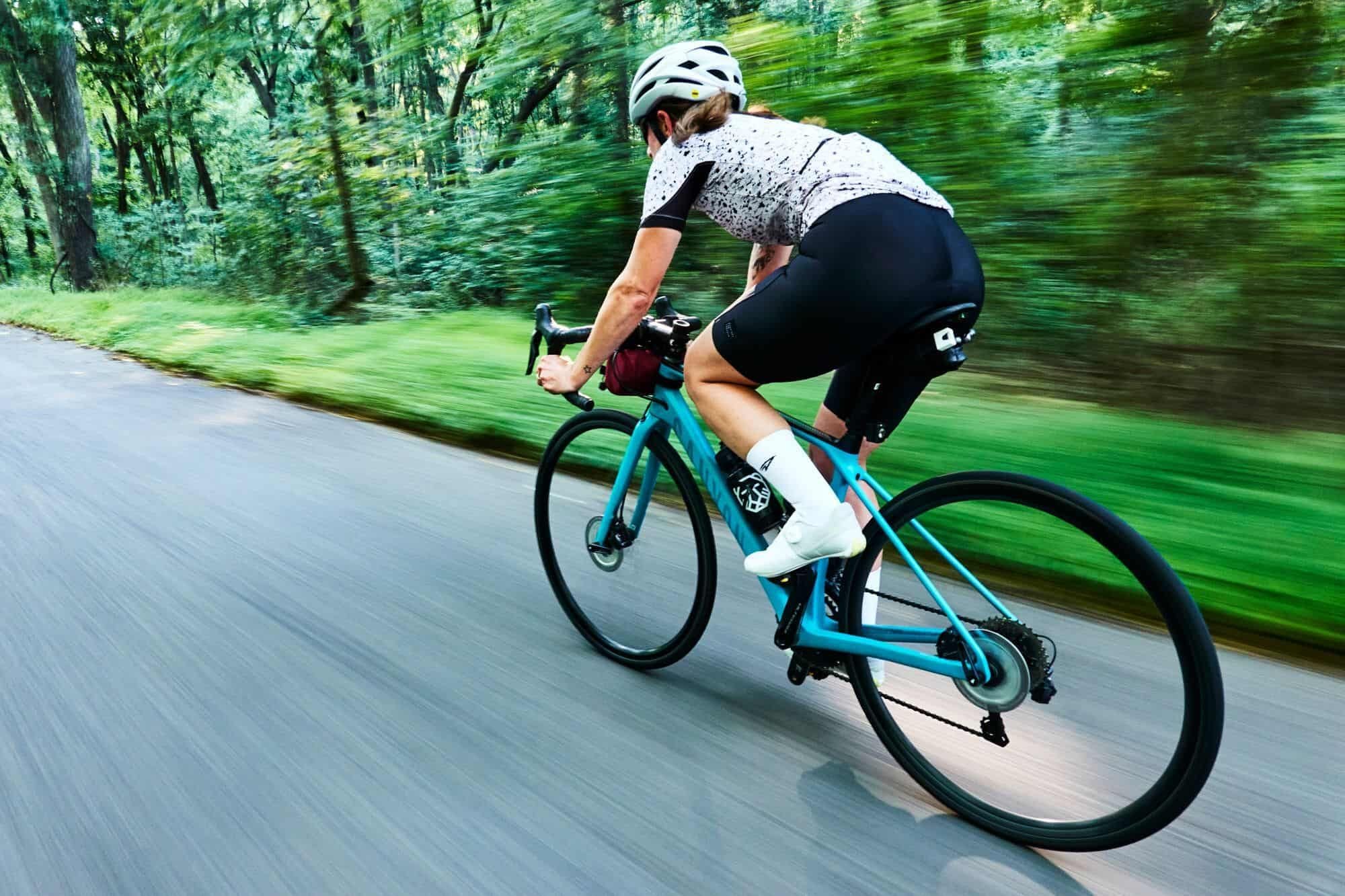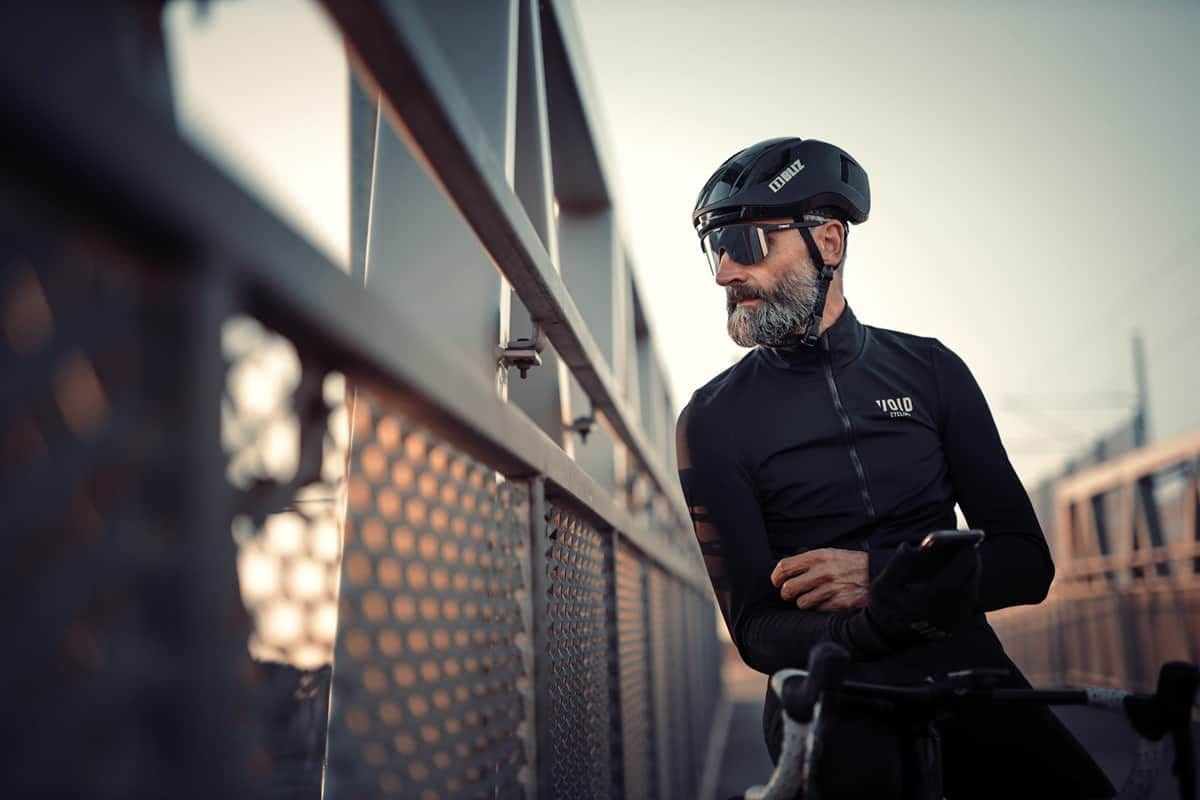As a new father, I’m challenged for every second of the day, with very little time to work out. I’m an avid cyclist in the summertime, so winter is usually when I gain a few pounds and then try to sweat them away on cross country skis and snowshoes. What’s needed at times like these is a fat biking do’s and don’ts guide to get me going…
Last year our friends at Garneau were kind enough to lend us a few ‘Gros Louis’ fat bikes for us to test our winter training apparel. Yes, fat bikes—those winterized bicycles with the crazy fat tires carving snow at high speeds while everyone else trudges through slush, snow, sleet and other delightful surprises winter saves for pedestrians.
View this post on Instagram
I quickly realized how fun those big-wheeled bikes are, and more importantly, how pleasurable and beneficial they can be for your body—if you know how to make the most of these adult toys, like this Garneau Gros Louis 1 2018 of mine:

Being an avid fat biker—or should I say, winter biker who rides a fat bike—I thought I’d share a few fat biking do’s and don’ts for anyone already converted or wanting to try it out.
DO layer up. Fat bikes are designed to be ridden in freezing temperatures, and you’re going to sweat. If you’re wearing fabrics with poor breathability, your sweat will stay on your skin, then freeze, then freeze you. My personal go-to combo? A merino base layer with a breathable shell over top.

Icebreaker Waypoint Crew Sweater |

Gore Bike Wear C3 Gore Thermium Hooded Jacket |
DO protect your most exposed body parts. Your feet should stay warm and cozy in winter cycling boots, and your hands should stay dry and toasty in breathable gloves that allow your fingers to properly reach your brake and shifter levels simultaneously. Any backcountry gloves from Black Diamond are a sure bet.

Garneau Mudstone Winter Shoes |
DO lube up before and after each ride. Indulge in some butt protection to prevent chafing before your ride, then lube your chain after each ride, as snow might get stuck inside and rust it when melting.

Chamois Butt’r 8 oz Tube |

Pedro’s Chainj Lube 4 oz/120 ml
|
DON’T forget your helmet. Some say crashing in fluffy snow is fun—and it is. But if karma isn’t on your side, in between those fluffy pillows are very hard trees. Your head crashing onto one of those may result in a concussion. So please, choose safety over style, especially riding in the woods. If you have a big head like mine, Giro ski helmets will work quite nicely
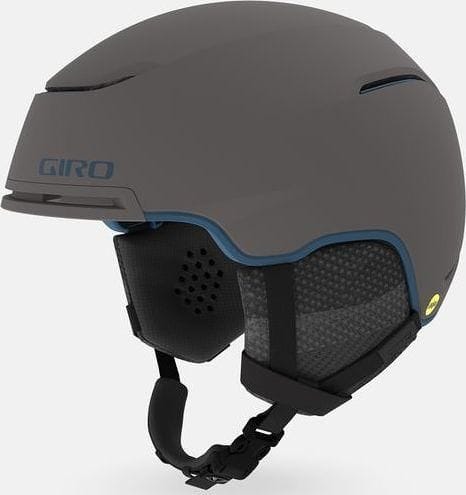
Giro Jackson Mips Helmet |
DON’T ride outside of the groomed trails. Fat bikes are fun on fat bike trails. If you ruin the trails, you ruin the fun for everyone. This is a key respectful fat biking do’s and don’ts.
DON’T use water bottle cages. This might sound weird, but you’ll probably be riding in freezing weather. Keep your water close to your body heat. Wearing a cycling jersey with back pockets for your bottle underneath your shell will keep your water liquid (and smartphone not dying in the cold). After biking several klicks before a hydration break, nothing beats good ol’ liquid water. An ice block stuck in your bottle is…not optimal. (Although if you run out of water, eating snow is recommended!)
DON’T ride with a dog, unless your dog enjoys running non-stop with a doggy jacket on.
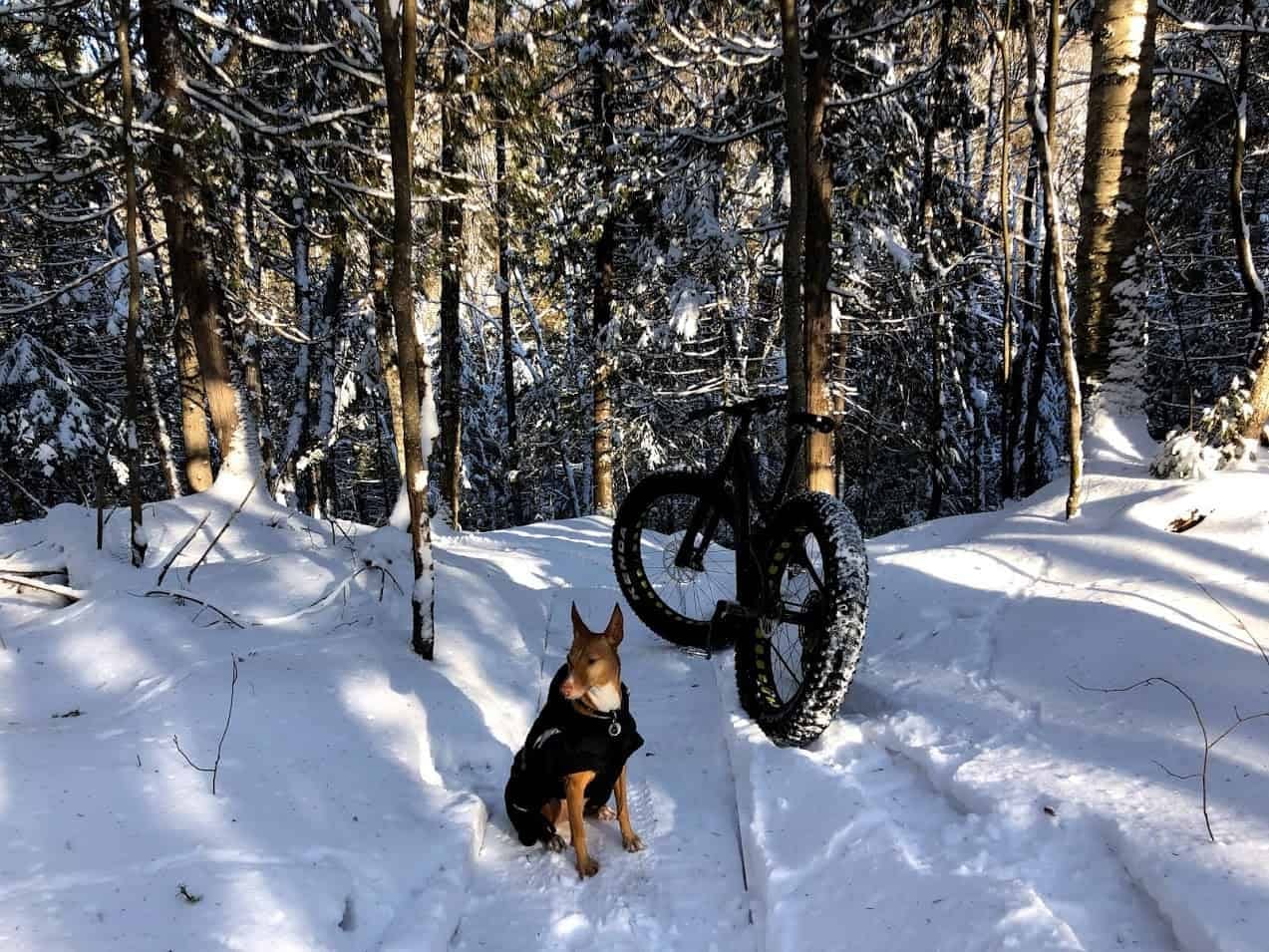
Lastly, DO ride with as many friends as possible! Fat biking is like a Big Mac on a late night out. It tastes better when shared with people who know what you’ve been doing in the past few hours—except without the guilt.
Share on




